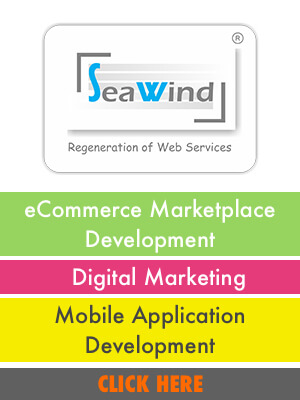In today’s digital age, starting an e-commerce business has become an exciting and lucrative venture. With the increasing popularity of online shopping, there has never been a better time to dive into the world of e-commerce. However, for beginners, navigating the complex landscape of online entrepreneurship can be daunting. In this beginner’s guide, we will walk you through the fundamental steps of starting your own e-commerce business, from brainstorming ideas to launching your online store.

Identify Your Niche:
Before diving headfirst into e-commerce, it’s crucial to identify a niche market that aligns with your interests, expertise, and target audience. Research potential markets, analyze trends, and identify gaps or opportunities that can set your business apart. Finding a specific niche allows you to tailor your products or services and connect with a focused customer base.
Conduct Market Research:
Once you have chosen your niche, conduct thorough market research. Identify your target audience, understand their needs, preferences, and pain points. Research your competitors, analyze their strategies, and identify gaps that you can fill. Market research helps you refine your business idea, develop a unique selling proposition (USP), and validate the demand for your products or services.
Create a Business Plan:
A well-thought-out business plan is essential for the success of any e-commerce venture. It serves as a roadmap, outlining your business goals, strategies, target market, competitive analysis, marketing plans, and financial projections. Your business plan will guide your decision-making process and help you secure funding if required.
Choose the Right E-Commerce Platform:
Selecting the right e-commerce platform is vital for your online store’s success. Consider factors such as ease of use, customization options, payment gateways, inventory management, shipping integrations, and scalability. Popular e-commerce platforms like Shopify, WooCommerce, and Big Commerce offer user-friendly interfaces and comprehensive features to help you get started quickly.
Build Your Online Store:
With your chosen e-commerce platform, it’s time to build your online store. Design an appealing and user-friendly website that reflects your brand identity. Ensure that your store is mobile-responsive since a significant percentage of online shopping is done via smartphones. Focus on clear navigation, high-quality product images, detailed descriptions, and secure payment options to enhance the user experience.
Source and Manage Your Products:
Decide whether you will sell physical products, digital goods, or a combination of both. If selling physical products, establish relationships with suppliers or consider dropshipping to avoid inventory management hassles. Develop a streamlined process for order fulfillment, shipping, and returns. Maintain adequate inventory levels and continuously evaluate product performance to ensure customer satisfaction.
Implement Effective Marketing Strategies:
To drive traffic to your e-commerce store, you need to implement effective marketing strategies. Utilize a mix of digital marketing techniques such as search engine optimization (SEO), social media marketing, content marketing, email marketing, influencer collaborations, and paid advertising. Build a strong online presence, engage with your target audience, and create a loyal customer base.
Provide Excellent Customer Service:
Customer satisfaction is crucial for the success of your e-commerce business. Offer multiple channels for customer support, including live chat, email, and phone. Respond promptly to customer inquiries, address concerns, and resolve issues efficiently. Implement a robust returns and refund policy to install confidence in your customers.
Monitor Analytics and Adapt:
Regularly monitor and analyse website analytics, sales data, and customer behavior. Utilize tools like Google Analytics to gain insights into visitor demographics, conversion rates, and popular products. Adapt your marketing and business strategies based on the data to optimize your e-commerce performance continually.
Continuously Learn and Improve:
The e-commerce landscape is ever-evolving, so it’s crucial to stay updated with industry trends and new technologies. Join e-commerce communities, attend webinars, read industry blogs, and network with other entrepreneurs. Continuously learn from your experiences and seek opportunities to improve your products, services, and overall customer experience.
Conclusion:
Starting an e-commerce business requires careful planning, dedication, and perseverance. By following these fundamental steps and staying committed to learning and improvement, you can establish a successful online venture. Remember, building an e-commerce business takes time, so stay focused, adapt to changes, and embrace the exciting journey of online entrepreneurship. Good luck!







Post your comments
You must be logged in to post a comment.